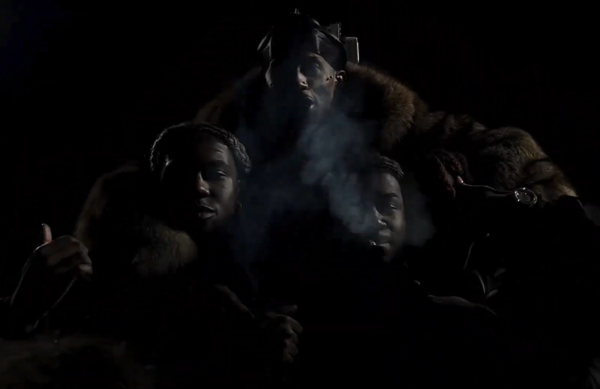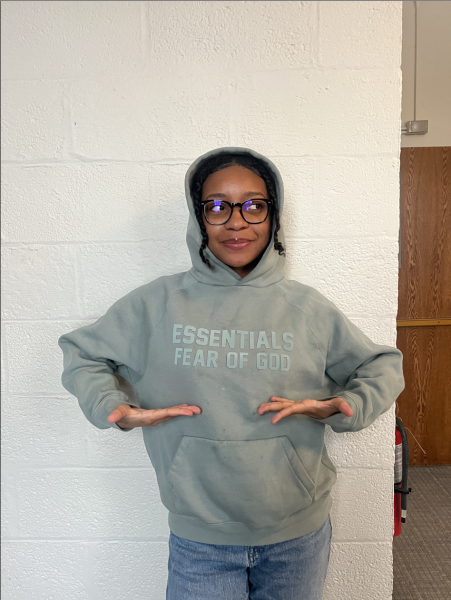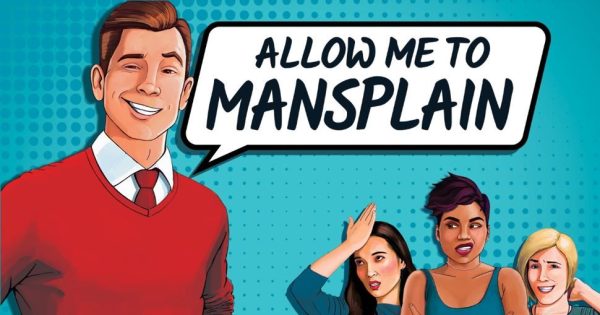Evolution of the Music Industry
There is no question that the music industry is rapidly changing. What the majority of people consider to be entertaining now, opposed to in the past, has changed.
The music industry has also changed in the ways in which people acquire their music. File sharing applications such as Napster, which started running back in 1999, have been on the rise in terms of use. CD sales have been declining and although digital downloads in the form of MP3s are on the upward trend via services such as iTunes, digital sales are not making up for the loss in physical sales.
Though these things may seem a hindrance to the success of musicians, music sales have also increased.
As one journalist who goes by the name of “Sparkster” stated in his article entitled “How the Internet Changed the Music Industry” on hubpages.com, “Despite the increase in the ratio of illegal music-sharing, the volume of the market has also increased.”
Sparkster also stated that “part of the problem is that record labels are failing to embrace the modern world of digital technology, choosing instead to base their business models on the traditional methods.”
He continued, “This leaves them partly vulnerable, they promote their music to be sold on a commercial basis to the masses which inevitably leaves the music prone to being illegally shared on the internet.”
According to a year-in-review report from Nielsen Sound scan and Billboard, “Music consumers helped digital sales continue their climb, physical sales continue their slow death, and kept vinyl spinning in 2012.”
Digital sales, purchased or file shared, are on the rise, and consumers do not want to purchase CDs or cassettes anymore because they are essentially obsolete.
The Nielsen Sound Scan and Billboard report stated that it, “found that total music purchases (physical albums, digital albums and digital songs) totaled an all-time high of 1.65 billion units in 2012, a rise of 3.1 percent over 2011.”
The report notes that, “The artists leading the surge included Adele, who saw her album 21 reign supreme as the top-selling album in America for the second straight year, with 4.4 million total records sold. Right behind her was country starlet Taylor Swift with Red, which piled up 3.1 million album sales in only 10 weeks.”
Physical albums continued their yearly decline and digital sales have been leading music tracking websites such as Billboard, helping to determine what is popular in terms of music. “Royals” by Lorde is an example of a digital gainer, a term used to describe something that has become popular through the internet. “Royals” has also dominated the most recent hot 100 charts and digital songs chart, followed by the viral hits “Roar” by Katy Perry and “Wrecking Ball” by Miley Cyrus.
Drew Guarini stated in an article posted January 9th 2013, on The Huffington Post’s website that “while physical record sales continued its decline, digital sales of music continued to rise in 2012. Thanks in large part to digital music stores on iTunes and Amazon, digital music’s 9.1 percent growth meant the format accounted for 37 percent of all album purchases during the year.”
Guarini went on to say, “A total of 108 digital tracks brought in over $1 million in sales, with Carly Rae Jepsen’s ‘Call Me Maybe’ and, the report found Gotye’s ‘Somebody That I Used to Know’ leading the pack. Each song sold over 6 million tracks. The success of digital singles helped make up for the 4.4 percent drop in sales of full albums.”
There are many means of listening to music, including pirating. Now, many people are truly questioning whether they want to have the song on their MP3 player or simply to stream the song, which is listening to music without buying or downloading it. Radio has become an exceedingly popular source of favorite music. Car radios are an obvious source of free streaming of music but online radios such as Pandora have also become a strong force in the world of music.
Guarini further weighed in on the debate of whether it is right or wrong to stream music or not: “The positive sales figures have temporarily quelled some of the debate over whether streaming services like Spotify, Pandora or Rdio are killing the music industry.”
According to an article featuring Greg Sandoval at CNET, “the Nielsen figures don’t actually take into account plays or revenue generated from streaming or subscription services, or from satellite or web radio. That’s not to say streaming services didn’t have a tremendous year too: Spotify racked up 5 million paying subscribers this year, and Pandora saw a record number of listener hours logged on its service.”
Between streaming music online, listening to radio stations, and file sharing records, it is no surprise that the music industry has seen a decline in sales figures of records. After a challenging decade for the music industry, growth will return. Based on growth in digital and growth in live music, spending money on music is not yet a thing of the past.












